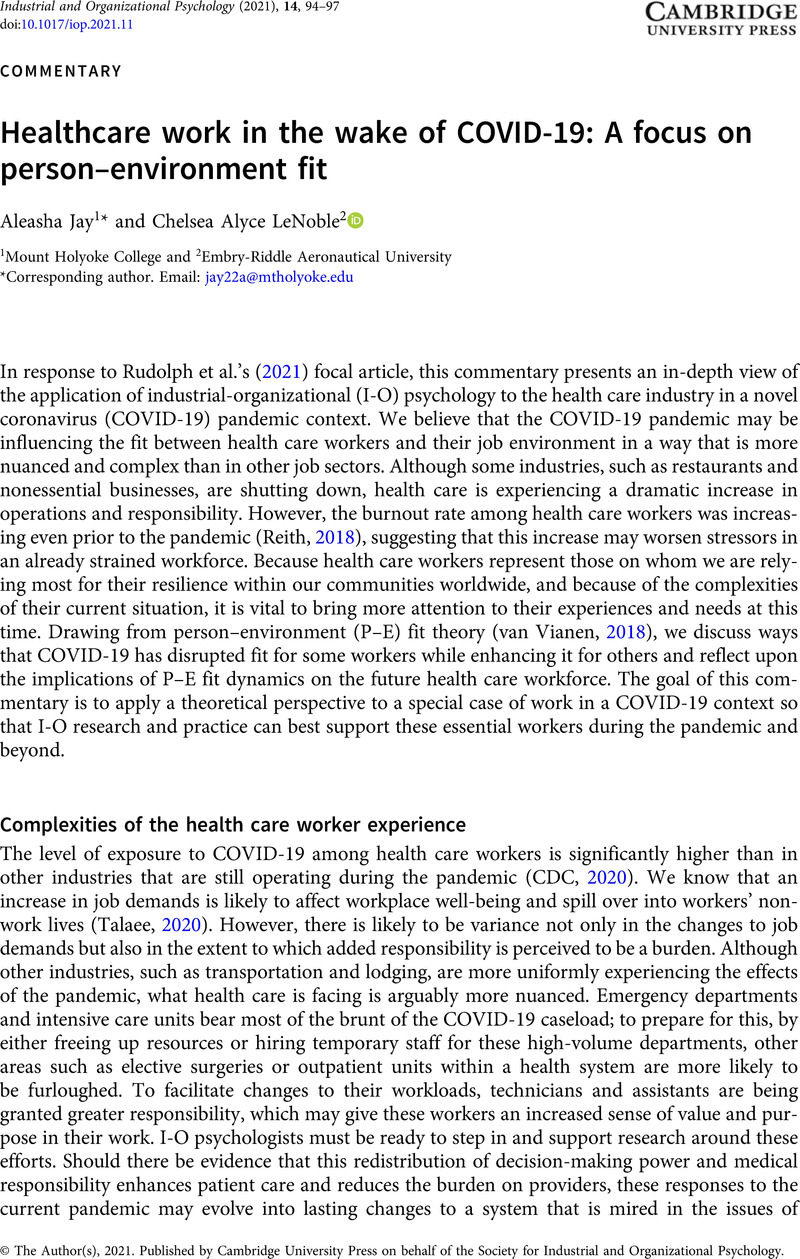Crossref Citations
This article has been cited by the following publications. This list is generated based on data provided by Crossref.
Agarwal, Reeti
and
Mehrotra, Ankit
2023.
Work-Stress Content Analysis Using Social Media Data.
FIIB Business Review,
Russell, Regina G.
Nguyen, Mytien
Havemann, Catherine
Webber, Alexis
Parilla, Jon Andre
Casillas, Alejandra
Boatright, Dowin
and
Mason, Hyacinth
2024.
Person-Environment Fit and Socioeconomic Status in Medical School.
Medical Science Educator,
Vol. 35,
Issue. 1,
p.
233.



